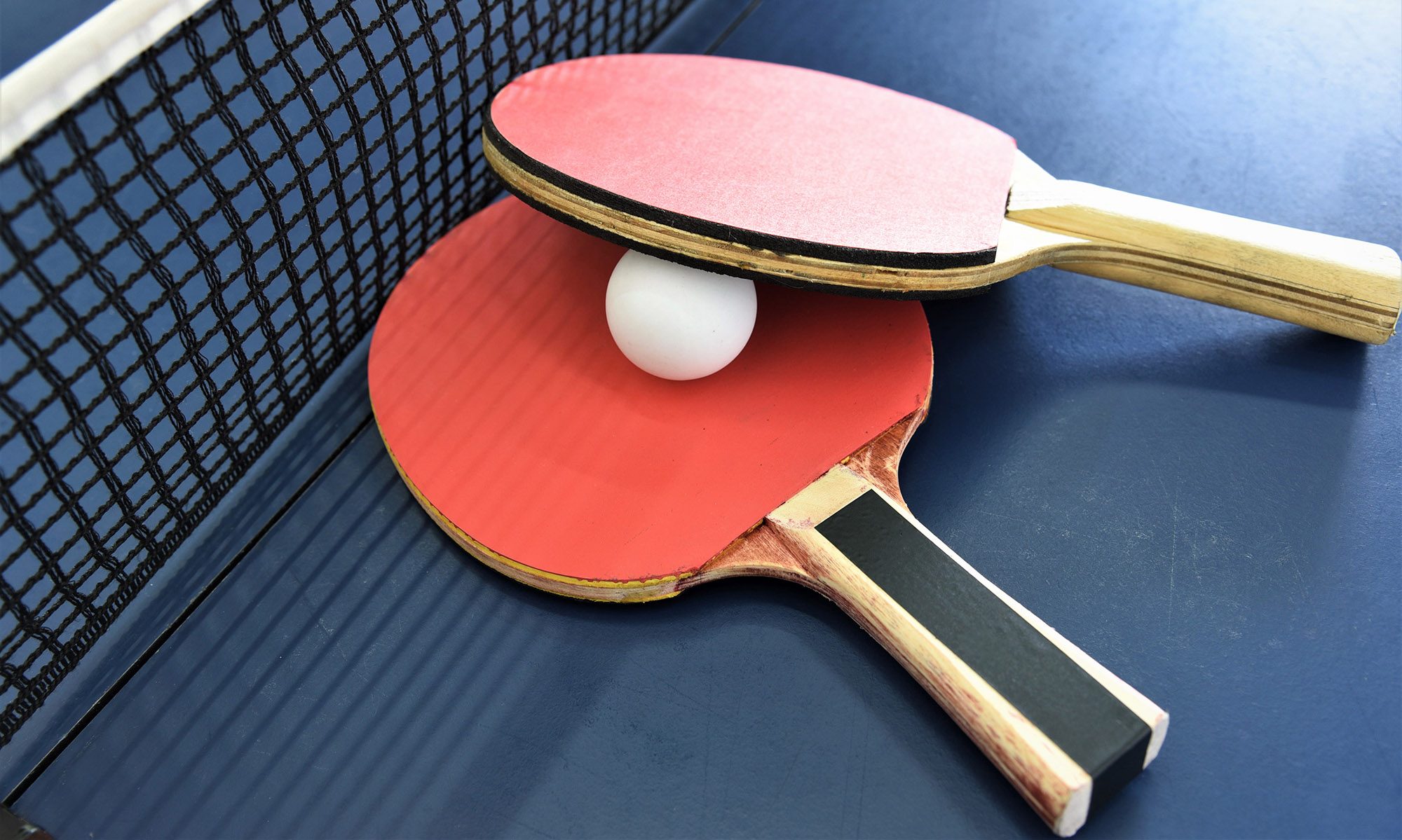Last week, on Sunday and Monday, I spent a lot of time on getting the paddle integrated with the game. I created an interface where the IMU sends me a swing type, power, and direction and I use those commands to trigger specific swing animations. It took a while to figure out why the rPi wasn’t accepting bluetooth connections. Also on Sunday, I had to spend a while on the final presentation, where I pretty much did everything. On Thursday and Friday, I was working with William on swing detection and have a player’s swing reflect accurately on the game. We were mainly working on when the IMU should start analyzing its data and how to signal the start and end of these analysis periods. By the end of Friday though, we had made really good progress and were able to have a player swing the paddle and have the correct swing animation trigger on the game with pretty low latency.
Since we have all the components of the game integrated and working, I’m going to be working on making the game more realistic. When William and I were working on Thursday and Friday, there were a few weird animations in my code that I need to fix and the ball and paddle speed were unrealistically slow. I’m going to meet up with William on Wednesday after I make these changes to make sure that the IMU still has enough time to sample orientation/acceleration data and correctly identify the swing type/power/direction. By Wednesday, I’m also going to have scorekeeping set up. On Thursday, our entire group is going to meet up to do final tests and make adjustments to our game as we see necessary.
I have a lot of work to do next week, but I definitely have enough time to get it done.
